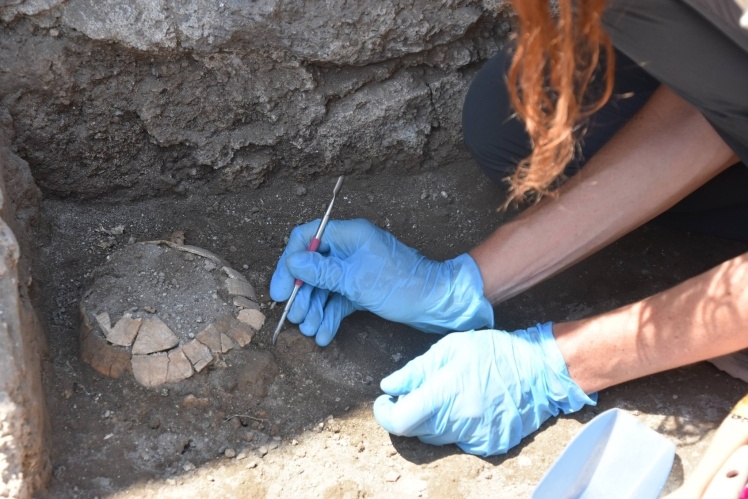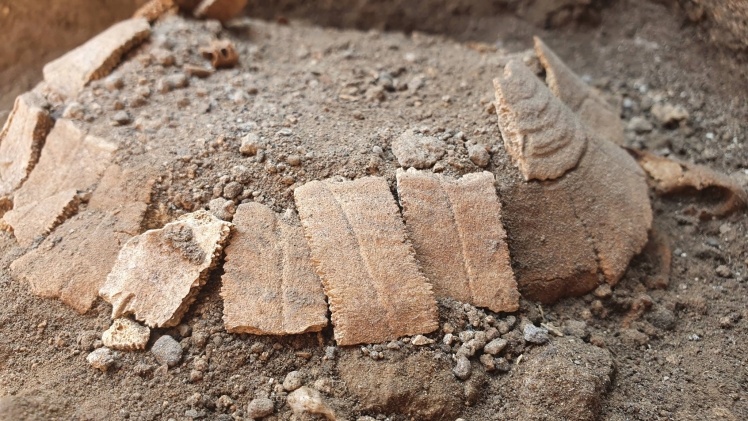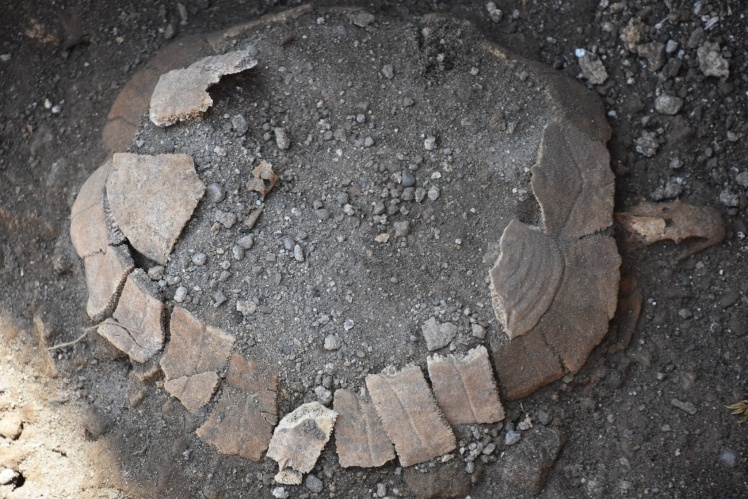In Pompeii, researchers found the remains of a pregnant turtle with her egg. The reptile has been buried under stone and ash since the eruption of Mount Vesuvius in 79 A.D.
This was reported by the BBC.
About 2,000 years ago, a 14-centimeter tortoise buried itself in a tiny underground lair under a building that had been destroyed in a previous earthquake.
Experts say the fact that the turtle was found with an egg suggests that the reptile died while trying to find a safe place to lay offspring.
Pompeii - Parco Archeologico / Facebook
"The whole city was a construction site, and apparently some places were wastelands where wild animals could roam, penetrate and try to lay eggs," said Pompeii Park CEO Gabriel Zuchtrigel.
The eruption of Vesuvius began in the afternoon of August 24 (according to other sources, October 24) 79 A.D. and led to the destruction of three cities — Pompeii, Herculaneum, Stabia, as well as several villages and villas. The eruption was so powerful that the ashes from it flew even to Egypt and Syria. Of the 20,000 inhabitants of Pompeii, about 2,000 died. Most residents left the city before the disaster, but the exact death toll is unknown.
- In May 2022, researchers first obtained DNA from the remains of people who died during a volcanic eruption in Pompeii.
- Researchers occasionally find things in Pompeii: the skeleton of a 40-year-old man, a tomb with a semi-mummified body (partially preserved hair and ear), a chariot that could be used for wedding ceremonies, an ancient fast food store and a collection of women jewelry from ancient Rome.





